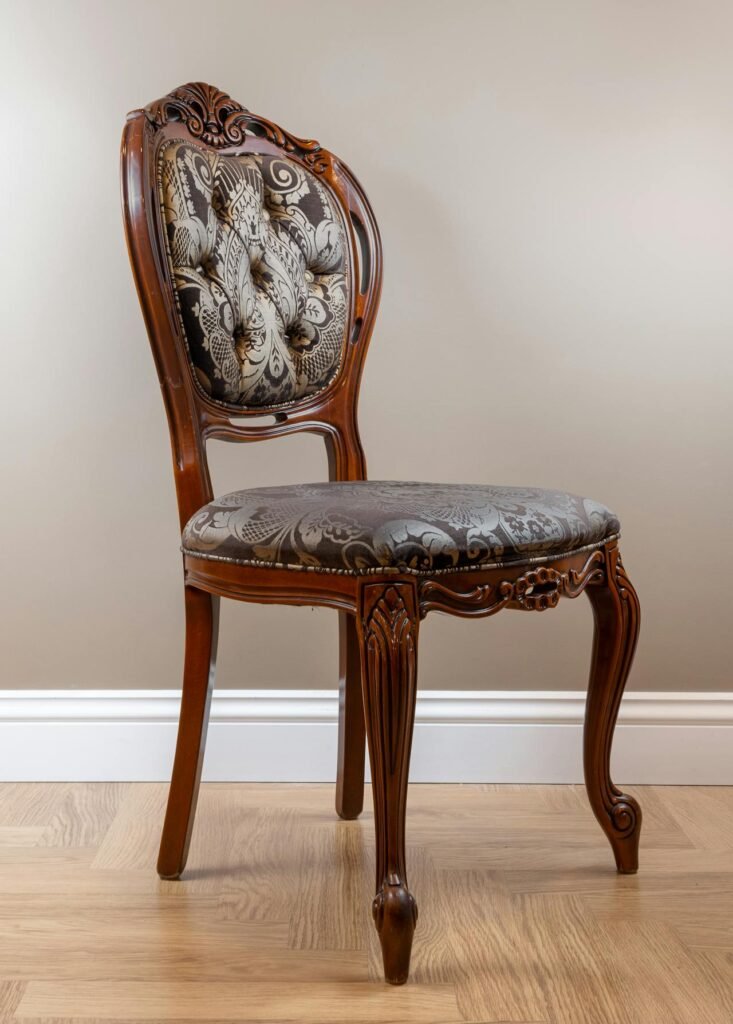

Why It's Better to Restore Old Furniture Than to Buy New
In a world where fast fashion and mass-produced goods dominate the market, it's tempting to replace old furniture with new, shiny pieces. However, restoring old furniture offers numerous benefits that often surpass the allure of newness. Here's why you should consider reviving your vintage furniture instead of buying new items.
- Environmental Impact
Restoring old furniture is an eco-friendly choice. The furniture manufacturing process often involves deforestation, excessive use of water, and significant carbon emissions. By choosing to restore, you reduce the demand for new raw materials and decrease your carbon footprint. Reusing existing furniture also keeps it out of landfills, contributing to waste reduction and environmental conservation. ugljenični otisak. Ponovna upotreba postojećeg nameštaja takođe ga drži podalje od deponija, doprinoseći smanjenju otpada i očuvanju životne sredine.
- Quality and Craftsmanship
Older furniture is often of higher quality than many modern, mass-produced pieces. Vintage furniture was typically built to last, using solid wood and superior craftsmanship. In contrast, contemporary furniture is frequently made from cheaper materials like particleboard, which are less durable. By restoring old furniture, you can preserve these high-quality materials and craftsmanship, ensuring your pieces last for many more years.
- Cost-Effectiveness
While the initial price of new furniture might seem appealing, it's essential to consider the long-term value. Restoring old furniture can be more cost-effective in the long run. Although there may be some upfront costs for materials and labour, restored pieces often last longer than their modern counterparts. This longevity means you won't need to replace your furniture as frequently, saving you money over time.
- Unique and Personalized Pieces
Restoring old furniture allows you to create unique, personalized pieces that reflect your style and personality. Unlike new furniture, which is often mass-produced and lacks individuality, restored furniture can be tailored to your taste. Whether you prefer a vintage, shabby-chic look or a sleek, modern finish, you have the freedom to customize each piece to fit your home perfectly.
- Preserving History and Sentimentality
Many old furniture pieces come with a history or sentimental value that new furniture cannot replicate. Whether it's a family heirloom or a vintage find, restoring these items helps preserve their stories and memories. This connection to the past adds character and depth to your home, making it feel more personal and meaningful.
- Learning and Satisfaction
Restoring furniture can be a rewarding hobby that offers a sense of accomplishment. Learning the skills required to refurbish a piece—such as sanding, staining, and reupholstering—can be gratifying. The process also provides a creative outlet, allowing you to express your artistic side and take pride in your finished work.
- Supporting Local Artisans
By choosing to restore furniture, you often support local artisans and craftsmen who specialize in furniture restoration. This not only helps sustain their businesses but also promotes the continuation of traditional skills and techniques. Investing in local craftsmanship contributes to your community's economy and cultural heritage.
Conclusion
Restoring old furniture is a sustainable, cost-effective, and fulfilling option that offers numerous benefits over buying new. It allows you to retain high-quality craftsmanship, personalize your living space, and preserve pieces with historical and sentimental value. Moreover, it's a choice that positively impacts the environment and supports local artisans. Next time you're considering new furniture, think a
In short, explore the possibility of giving existing pieces a second chance!
